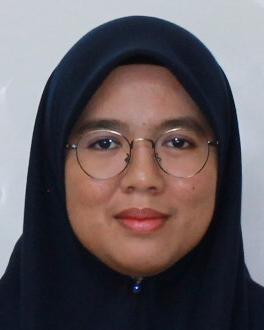Bioinformatics
Synopsis
This module is split into two parts consisting of lectures and practical sessions covering genomic, proteomic and transcriptomic analysis for bioinformatics data. In this module, the students will be introduced to the common bioinformatic tools, databases and languages used to study biological data. The students will have the opportunity to learn how to generate 1) potential solutions, 2) in-depth interpretations, and 3) predictions using biological data of a particular disease model. The module will be delivered as blended learning, where the theoretical components will be taught online as a core module, while the practical sessions will be delivered face-to-face as a separate module (elective module). Students are encouraged to attend both modules to fulfil the course learning outcomes. For the elective module, additional costs may apply. The certificate will be issued according to the enrolment plan.
Objective
The objectives of the module are to:
- Learn how to use bioinformatics tools and their significance in biological data analysis.
- Learn about useful bioinformatics databases in medical research
- Learn how to extract useful information from bioinformatics data
Learning Outcome
At the end of the module, the participants will be able to:
- Utilize common bioinformatics tools and understand their significance in biological data analysis.
- Capable of using critical thinking to look for biological information from bioinformatics databases
- Apply bioinformatics tools to analyse computational and experimental data
- Choose appropriate methods and tools to extract information from bioinformatics data
The topics will be covered in this module
- Bioinformatics Database for Medical Research
- Comparative Genomics
- Drug Repurposing in Drug Discovery
- Bioinformatics for Precision Medicine
- Interpreting Bioinformatics Data in Medical Research
- Analyzing Medical Bioinformatics Data using Galaxy
- Pathway Analysis for Interpreting High Throughput Data
- Basic BioPython for Biologist



